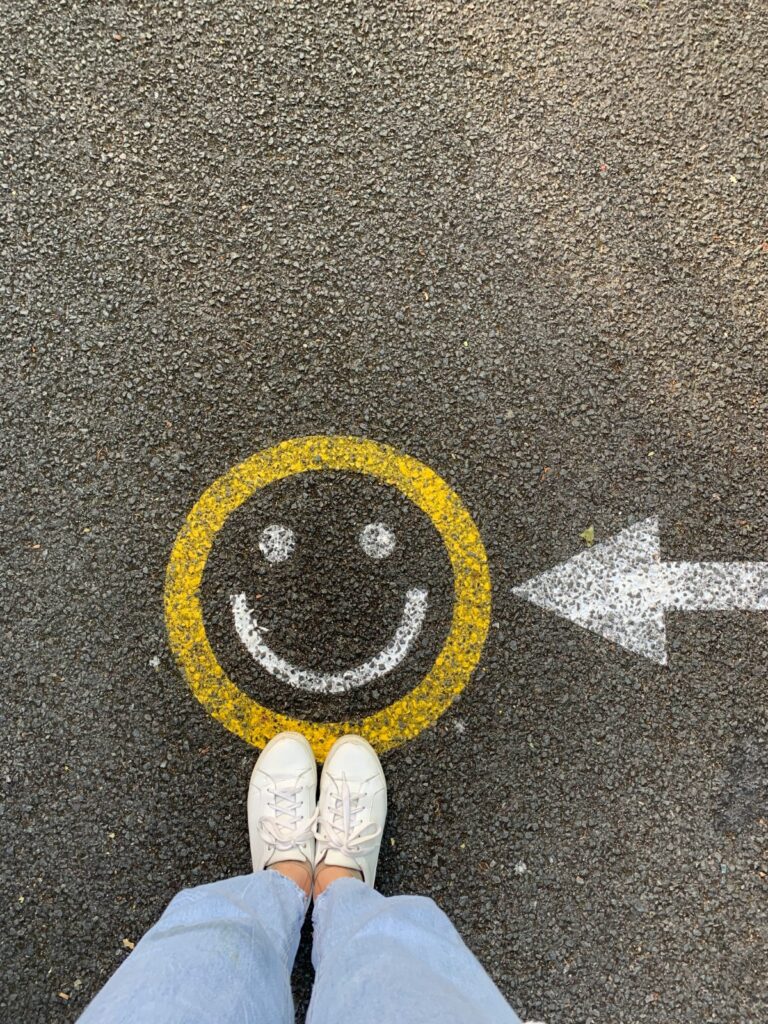Do you spot a Millennial when you see one?
Well… Hell of a question, right? You can easily do a simple math and evaluate the age. Millennials are born between 1982 – 2000 or better put they reached young adulthood in the early 21st century.
But do you feel their millennial backbone? Do you understand it and know how to speak to them?
Brands & businesses are targeting them with social media, relaxed content, and fun to interact with, but are they really equipped to interact with them?
Millennials have become the economic driving force all over the world. They’re the largest generation, represent the biggest percentage of America’s workforce for example, and hold the most purchasing power.
The millennials are the first generation of digital natives (or digital challengers), and their affinity for technology helps shape how they shop, how they look for things to ease their life. They are used to instant access to price comparisons, product information and peer reviews. They grew up with computers, the Internet, understand interfaces and visual languages and they can multitask (yes, we know that the usual misconception is that it is not an efficient way to work, but it seems that they can do it).
Millennials are digital natives and recognize the value technology brings to comfort, efficiency, and safety, especially during the pandemic.
Their active lifestyle influences trends in everything from food and drink to fashion, culture consumption or leisure activities.
Speaking of leisure, how do millennials approach their free time?
Let’s look at some statistics:
In June 2021 in the US, there were one million available hospitality jobs, according to the Bureau of Labor Statistics. How do you keep the hotel running smoothly with understaffing? Shift to the expectations of Millennials.
The younger generations expect fast check-in and prefer minimal interaction with the staff. Specifically, they only want staff attention when they need something and don’t want staff to bother them with questions.
By adopting in-room assistants or mobile apps, for example, hotels can create safer, more contactless experiences and let the technology answer questions, give recommendations, and more efficiently direct requests to different departments or the appropriate team members.
Younger millennials are frequently trip-stacking (booking multiple trips back-to-back), taking advantage of flexible remote working perks and using more PTO days, with an average trip length of nine to 11 days. With the combined work/personal trips,
With events, business travel and hybrid work driving increased travel demand, it’s a good time to adopt new practices, upgrade technology and plan for the biggest travel generation that will redefine and boost our industry.
Request your early access now and enable Millennials to receive the best customer experience.





